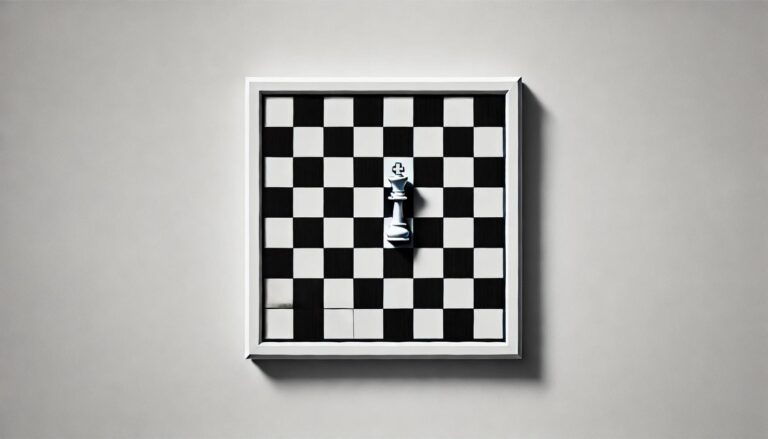The History of Chess and Its Difficulty
Chess is a game that has been played for centuries and holds a special place in the hearts and minds of many enthusiasts. It is a game of strategy, skill, and intelligence, and has been used as a means for competitive sport or simply as a hobby. Chess has played a critical role in human history and has outlasted countless civilizations and empires. This game traces its roots back to the 6th century in ancient India and has since evolved into the strategic game we know today.
The Role of Psychology
The foundation of a successful chess player is psychological, and it is common knowledge that state of mind strongly influences the game´s outcome. A mental and cognitive approach to chess is just as vital as mastering the basic mechanics of the game. The process of thinking strategically is a cognitive skill that can be mastered and improved upon. Some of these thought processes include calculation, pattern recognition, visualization, and analysis, but there is more to the game than meets the eye.
The Science of Chess Moves
There are several theories that explain the science behind difficult chess moves. One such theory is the “overview” theory, which posits that chess masterminds can visualize the entire chessboard and the many possibilities for a move. The average novice player might focus on only specific areas or sections of the board during a game, restricting their vision and limiting their options. Seasoned chess players, however, are adept at using their peripheral vision to maintain an overview of the game and all its possibilities.
The Neural Basis of Chess Moves
The complexity of chess moves has been found to have a direct correlation with the brain. Many cognitive neuroscientists have researched this assumption that good chess players use more coordinated and smaller brain structures compared to novices. A comprehensive study done by cognitive neuroscientist Johan Van Leeuwen, Ph.D., confirms this assumption. Dr. Leeuwen´s research used an MRI scanner to analyze brain structures in elite chess players and found that their critical brain structures were denser and more compact than in regular individuals.
In conclusion, the difficulty of chess moves stems from the game´s history, the role of psychology and its cognitive processes, and the science behind it. This game is an exemplary illustration of the usage of external and internal cognitive aids, and it has advanced individual brain networks that process the game´s complex visual sensory information.

